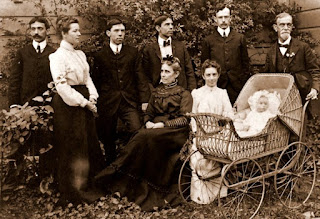Space In The Curriculum For Beliefs And Values

Today an increasing number of people around the world believe that this is the only life we have, that the universe is a natural place with no supernatural side, and that we have the freedom to shape our own lives. In English law the school curriculum has to treat religious and non-religious worldviews with ‘equal respect’. However, the complications of organising religious education mean that, what is now clear under the law, has still not filtered down into practice in many schools. Basically, compliance requires a space in a personal curriculum for schooling and lifelong learning where moral and ethical questions are explored. The special educational space supports people to develop their own personal body of knowledge with individual beliefs and values and allows them to learn about the beliefs and values of others. Children’s rights to freedom of belief requires them to be free to form those beliefs and that requires a broad and balanced education about religious and non-religious...





